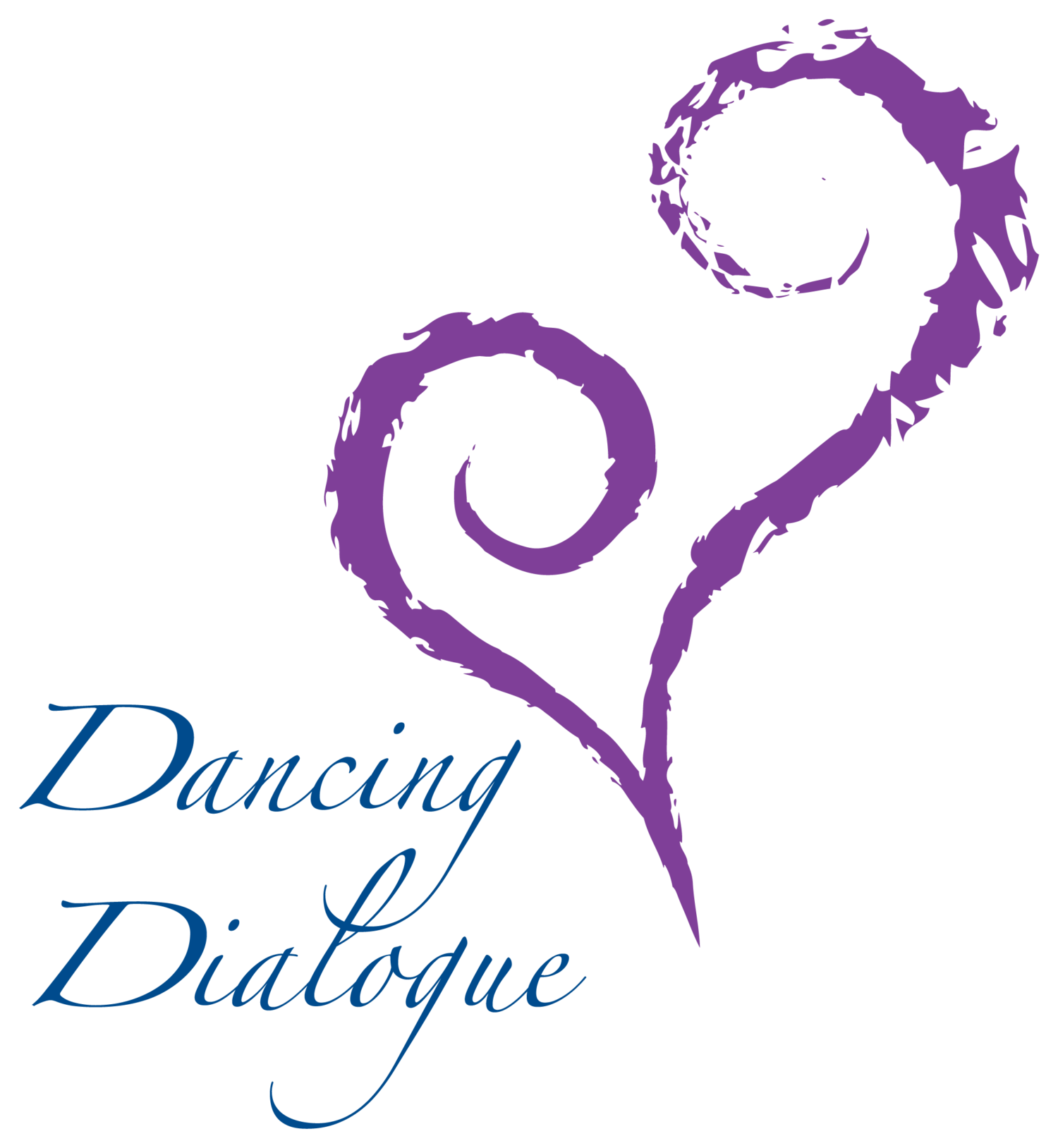Combining Psychoanalytic Therapy and Dance/Movement Therapy
Open to all • No advanced registration required
Presented by Larry Sandberg, M.D • Suzi Tortora, Ed.D., LCAT
The central importance of the body in mental life is supported by a growing research literature in affective neuroscience that elucidates the primarily embodied nature of emotional experience and thought. Psychoanalysts have become increasingly attuned to somatic experiences and nonverbal modes of communication in the analytic situation where relative immobility is an important parameter. The frame is intentionally altered in Dance/Movement Therapy where attunement to bodily experience is a catalyst for a deepening exploration of psychic experience. We present clinical material combining psychoanalytic psychotherapy and Dance/Movement Therapy to illustrate the potential synergy of these modalities for certain patients. Clinical and theoretical implications regarding containment and free association are discussed.
Larry Sandberg is Clinical Associate Professor of Psychiatry at Weill Cornell Medical Center and co-chair of the fourth year theory course in contemporary ideas in psychoanalysis at the Columbia Psychoanalytic Center. He is co-author of Psychotherapy and Medication: The Challenge of Integration.
Suzi Tortora has a dance/movement therapy practice in New York City and Cold Spring, New York. Dr. Tortora has published numerous papers about her therapeutic and nonverbal communication analysis work and a book titled The Dancing Dialogue.
This activity has been planned and implemented in accordance with the Essential Areas and Policies of the Accreditation Council for Continuing Medical Education (ACCME) through the joint sponsorship of the American Psychoanalytic Association and the Association for Psychoanalytic Medicine. The American Psychoanalytic Association is accredited by the ACCME to provide continuing medical education for physicians.
The American Psychoanalytic Association designates this Live Activity for a maximum of 2 AMA PRA Category 1 Credit(s). Physicians should claim only the credit commensurate with the extent of their participation in the activity.
IMPORTANT DISCLOSURE INFORMATION FOR ALL LEARNERS: None of the planners and presenters of this CME program have any relevant financial information to disclose.
After the lecture, participants should be able to:
- Recognize clinical situations where “the talking cure” may be advanced by the introduction of body-based therapies.
- Reevaluate the conventional meanings of the terms “containment” and “free-association."
For CME questions please visit the website or contact George Sagi 212-678-1188.
Questions about the program can be addressed to:
Hillery Bosworth, MD • Chair, Program Committee Email Hillery Bosworth
80 Fifth Avenue #1001, New York, New York 10011 • (212) 604-9355
Edith Cooper, PhD • APM President - Juliette Meyer, PhD • APM Secretary
